Material Selection and Alloy Composition
The performance of amorphous nanocrystalline inductors largely depends on the material from which they are made. These inductors are typically constructed from a mixture of iron, silicon, boron, and other trace elements. The specific alloy composition is carefully chosen to provide a balance between high magnetic permeability and low core losses. The unique structure of these alloys, at the atomic level, contributes to their "amorphous" state—without a defined crystal structure—which allows for superior performance in high-frequency applications.
The choice of material plays a critical role in the inductor’s ability to handle high magnetic fields and work efficiently at frequencies that would typically cause conventional materials to lose energy. The exact formulation of the alloy is determined through a combination of theoretical research and experimental trial and error, with the goal of achieving the ideal balance for specific applications.
Manufacturing Process: From Alloy to Core
The manufacturing of amorphous nanocrystalline inductors starts with the production of the nanocrystalline core. The first step involves melting the alloy and rapidly cooling it (quenching) to form a glass-like, non-crystalline structure. This rapid cooling process, which can occur at speeds of up to 10^6 K/s, prevents the formation of large crystals and ensures that the alloy retains its amorphous properties.
Once the alloy is cooled and solidified into thin ribbons or strips, the material undergoes a heat treatment process. This step is crucial as it refines the nanocrystalline structure, optimizing the magnetic properties of the material. The heat treatment process is carefully controlled to ensure uniformity across the core and to avoid any adverse effects on the magnetic properties.
After heat treatment, the material is processed into the desired form factor for the inductor. This often involves winding the nanocrystalline material into coils or shaping it into specific geometries. The winding process requires precision to ensure that the coil maintains the correct number of turns and is tightly wound, minimizing losses during operation. Special attention is given to the coil's insulation, as this can affect the overall performance of the inductor.
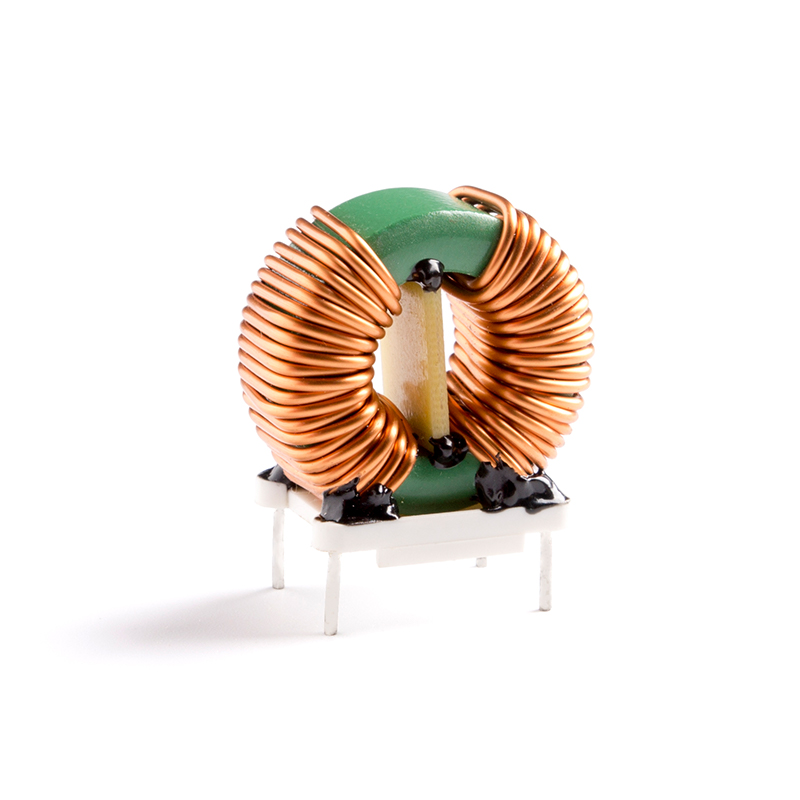
Core Assembly and Final Product
Once the core is formed, it is assembled into its final configuration. This could involve encapsulating the core in a protective housing or further insulation, ensuring that the inductor is safe and durable for its intended application. In some cases, the inductor will be integrated into a larger assembly, such as a power supply or communication device.
During the final stages of production, inductors are subject to rigorous testing to ensure that they meet the required performance standards. These tests typically evaluate parameters such as inductance, resistance, saturation current, and frequency response. Advanced testing equipment is used to simulate real-world operating conditions and to detect any potential issues with the inductor's performance.
Challenges in Production
The manufacturing of amorphous nanocrystalline inductors is not without its challenges. One of the key difficulties is maintaining consistency across large production batches. Even minor variations in alloy composition or processing conditions can lead to differences in performance, so manufacturers must closely monitor every step of the process.
Additionally, as demand for these inductors grows in various industries, scaling production while maintaining high-quality standards is an ongoing challenge. Advances in automation and process optimization are helping to meet these demands, but maintaining the delicate balance of material properties is a task that requires constant innovation.

 English
English 中文简体
中文简体 Deutsch
Deutsch 日本語
日本語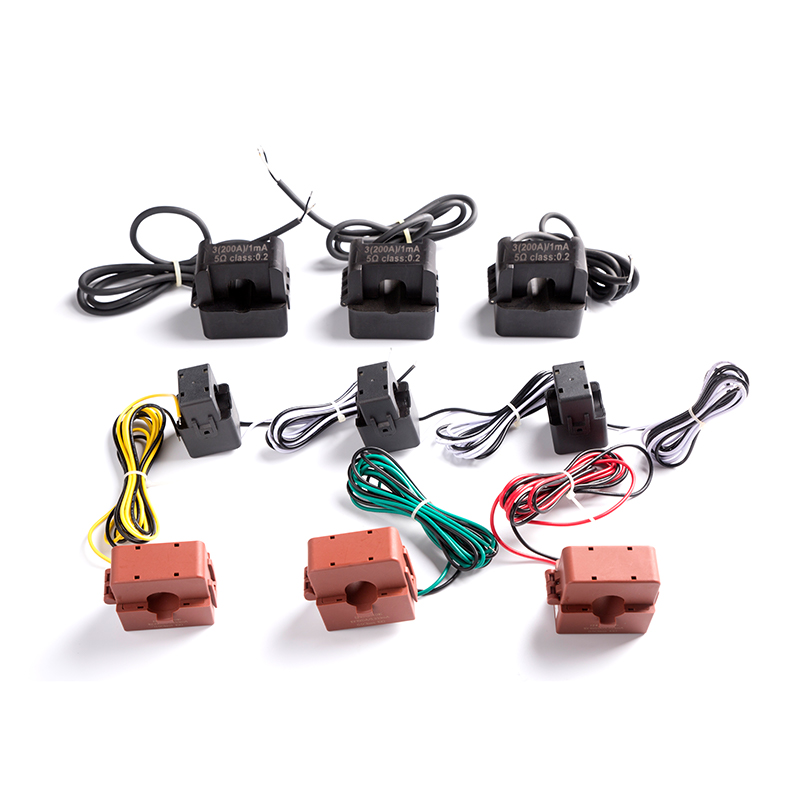
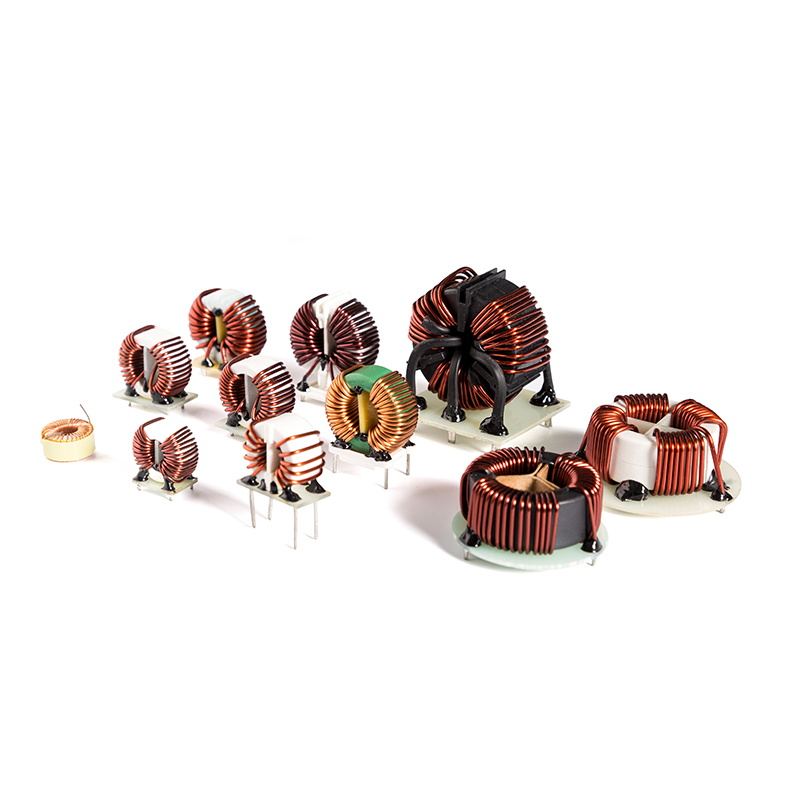
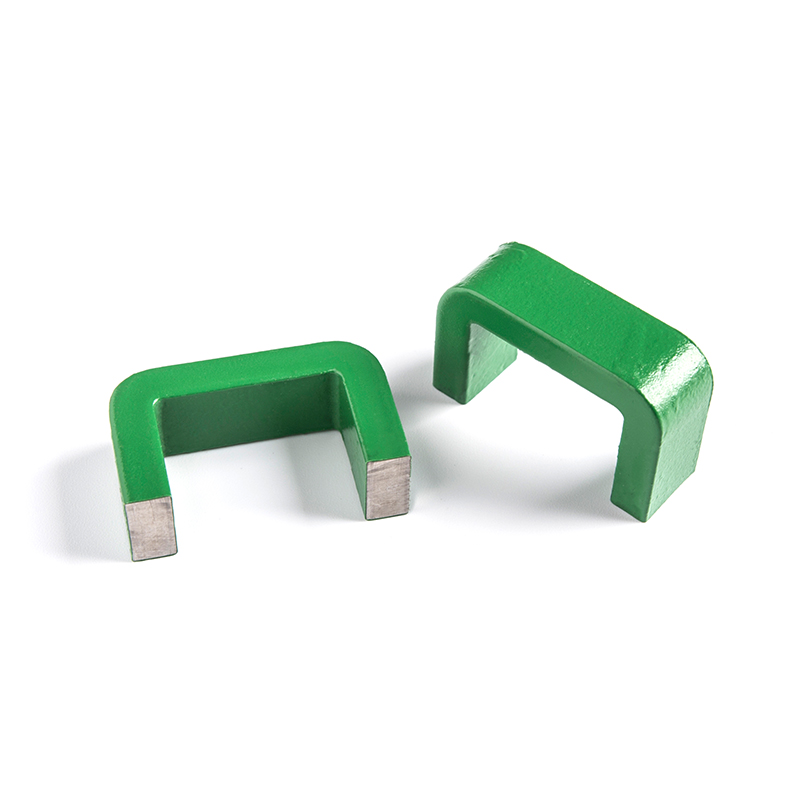 View More >>
View More >>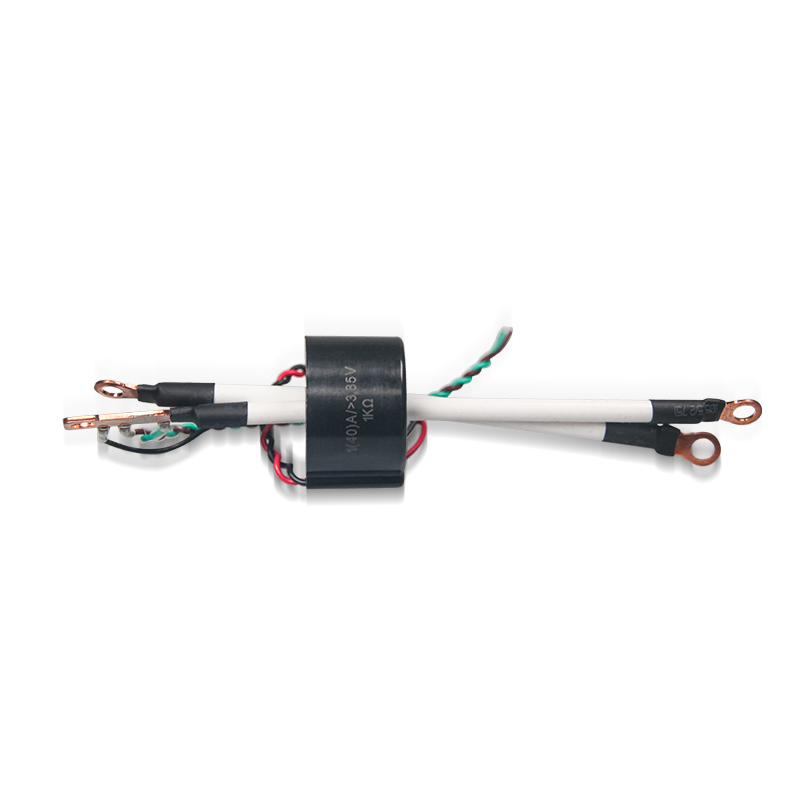 View More >>
View More >>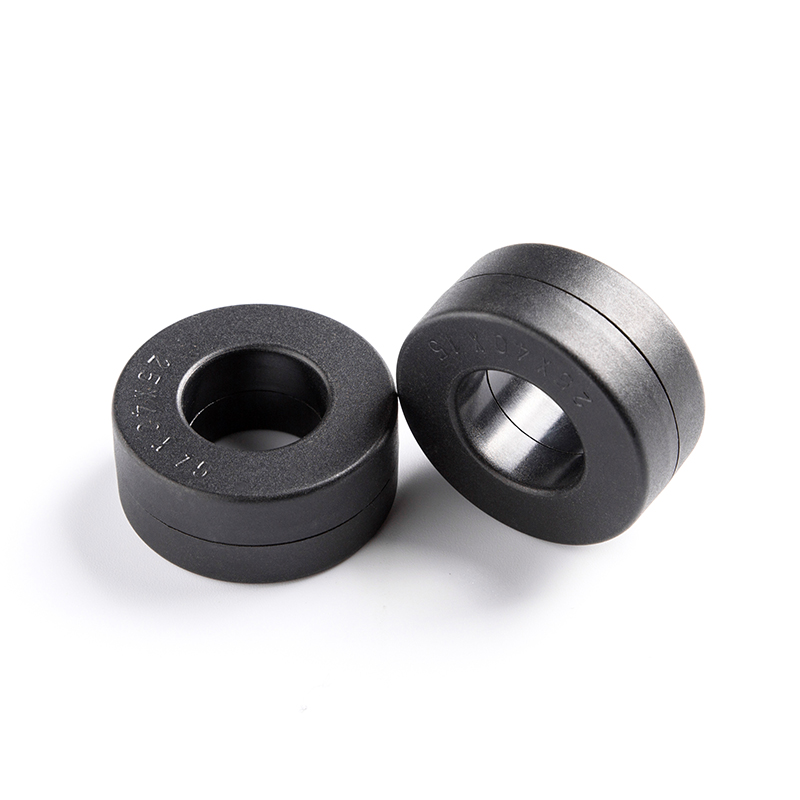 View More >>
View More >>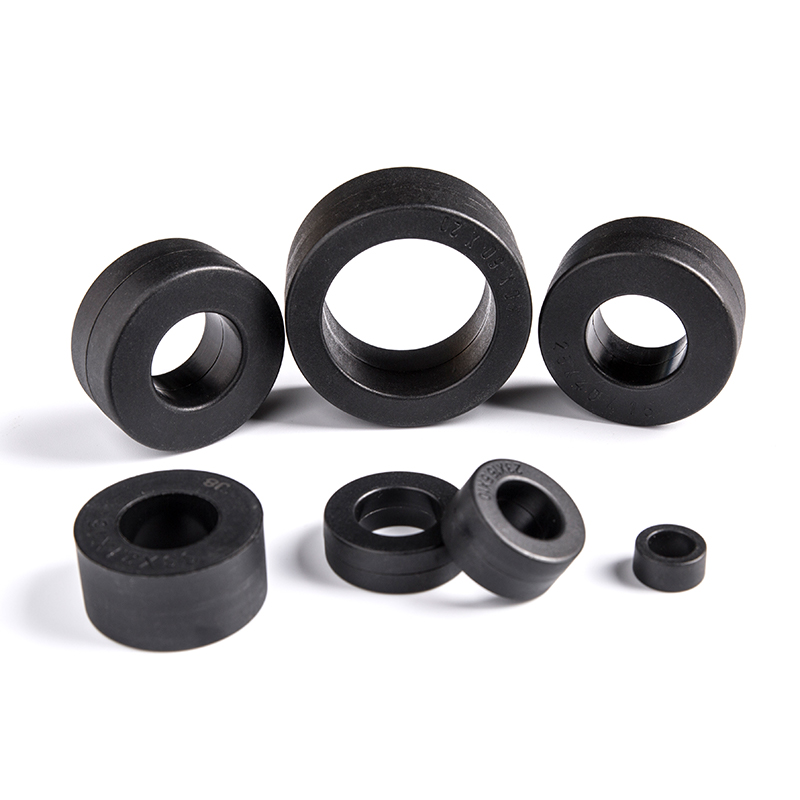 View More >>
View More >>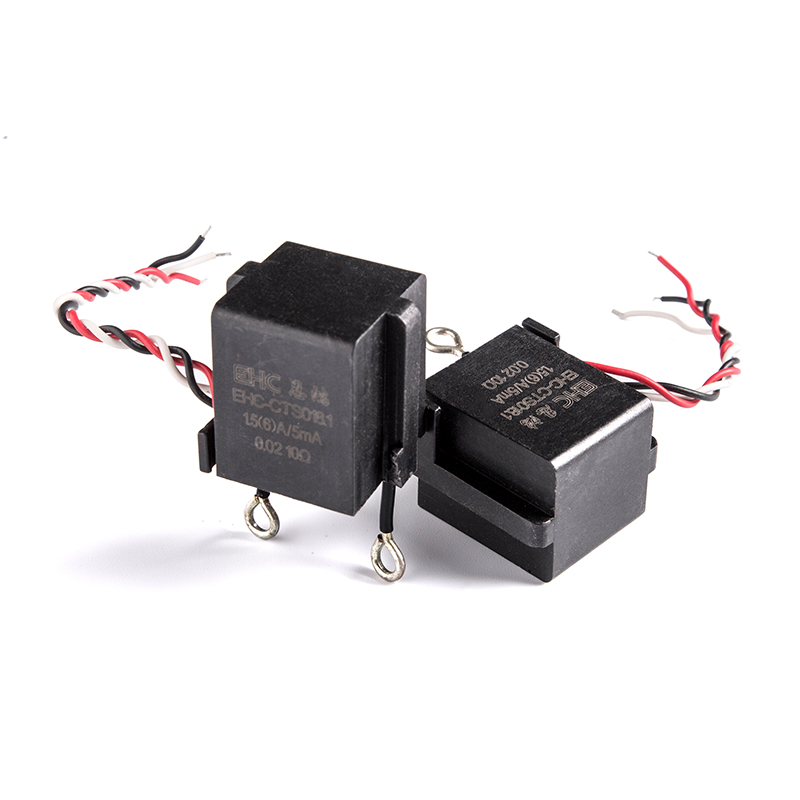 View More >>
View More >> View More >>
View More >>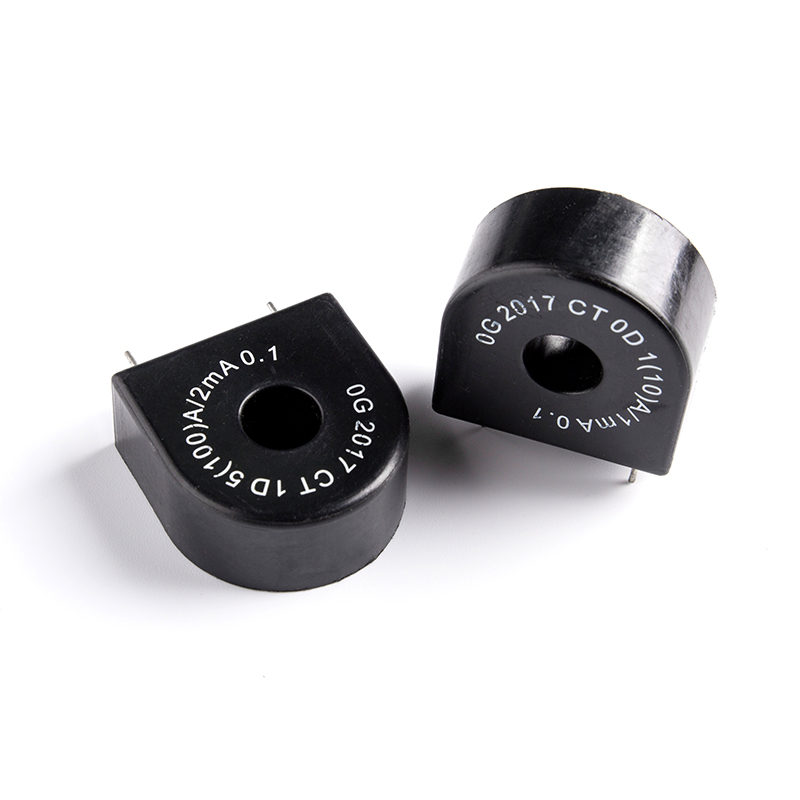 View More >>
View More >> View More >>
View More >>